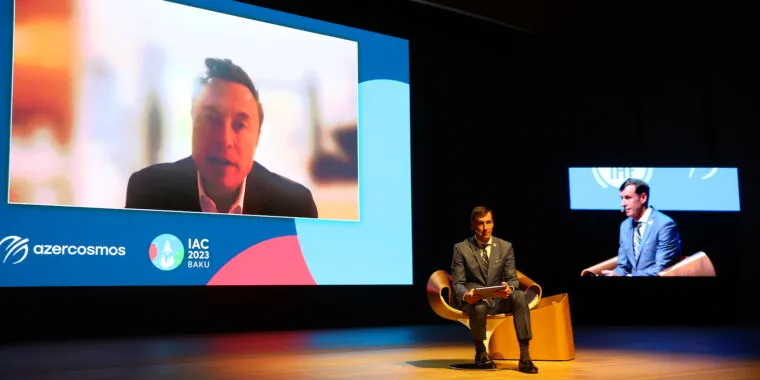Good analysis, from all I’ve heard.
Anyone who keeps track of Elon Musk knows the world’s richest man has a penchant for setting aspirational schedules for his companies…So, if you have an opportunity to interview him, why spend time asking Musk to prognosticate when one of his companies will do something years in the future?
and
SpaceX’s brilliant engineers certainly have creative ideas and novel plans to get Starship to the Red Planet, so why not ask Musk about them when you have him for a rare hourlong one-on-one conversation? It’s the how that is most interesting now, not the when or why, especially for an audience interested enough to tune in at the IAC.
and
But Mowry’s questions missed the mark at a time when the Starship program is at a critical point, and he didn’t probe with follow-up questions to tease out more insightful answers.
The whole article is worth a read, really.
An excellent article which raises some great points. Not much new shown, and yet more unrealistic timelines promised.
This is the best summary I could come up with:
SpaceX needs to show it can recover the Starship vehicle, which stands 15 stories tall on top of its huge Super Heavy booster on the launch pad, after a blistering reentry back into Earth’s atmosphere.
Keeping Starship’s super-cold methane and liquid oxygen propellants thermally conditioned for the multi-month journey to Mars will also require some innovation.
SpaceX’s brilliant engineers certainly have creative ideas and novel plans to get Starship to the Red Planet, so why not ask Musk about them when you have him for a rare hourlong one-on-one conversation?
Musk’s consistent vision has been to build a self-sustaining city on Mars, and Starship, the most powerful rocket ever built, is central to that goal.
But the company’s track record would suggest the Starship will make it to orbit, and eventually recover the rocket’s first-stage booster, named the Super Heavy.
Mowry, who posed the questions to Musk Thursday, is a longtime corporate executive who is passionate about mentoring future leaders in the space industry.
The original article contains 666 words, the summary contains 164 words. Saved 75%. I’m a bot and I’m open source!


